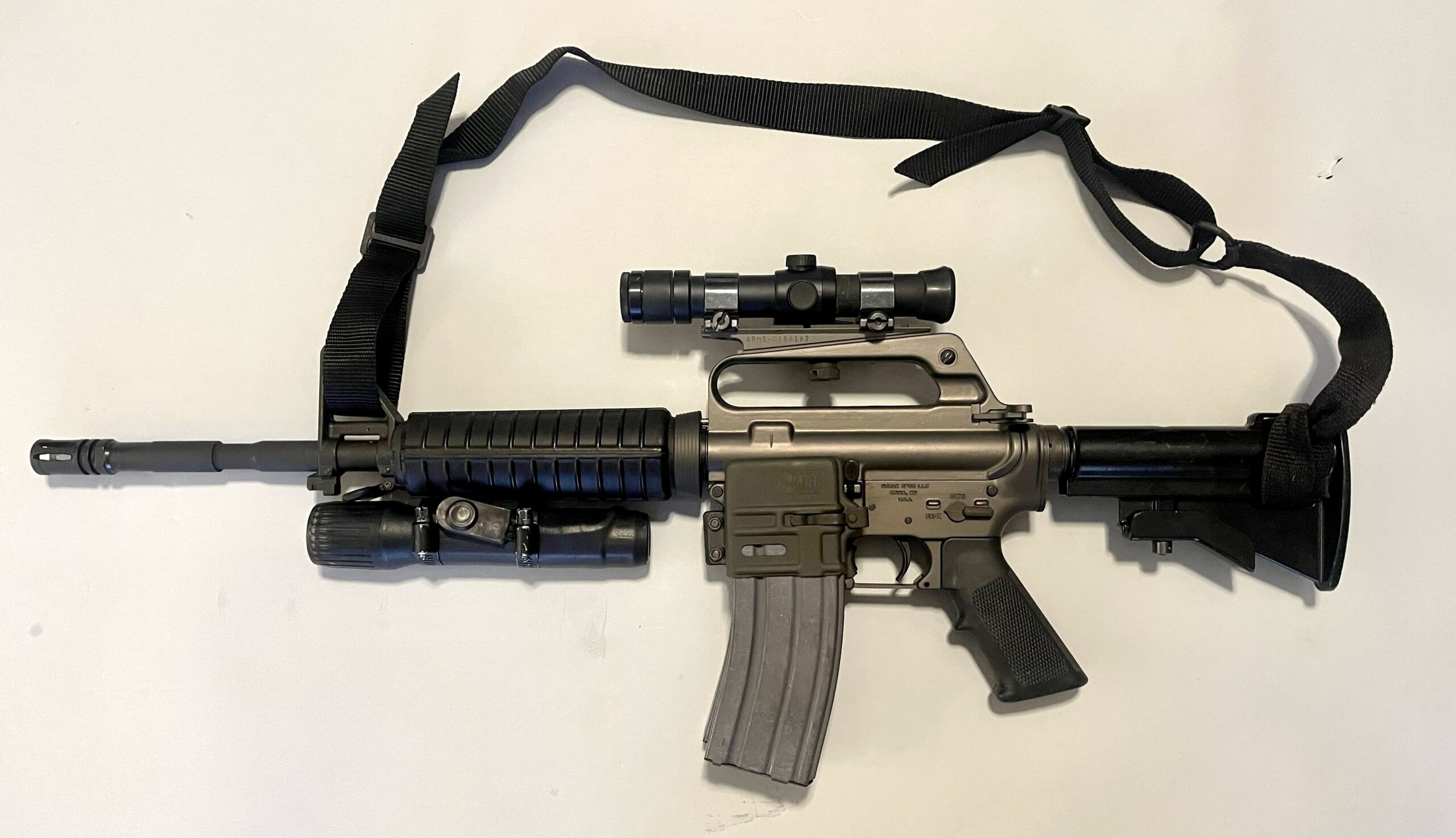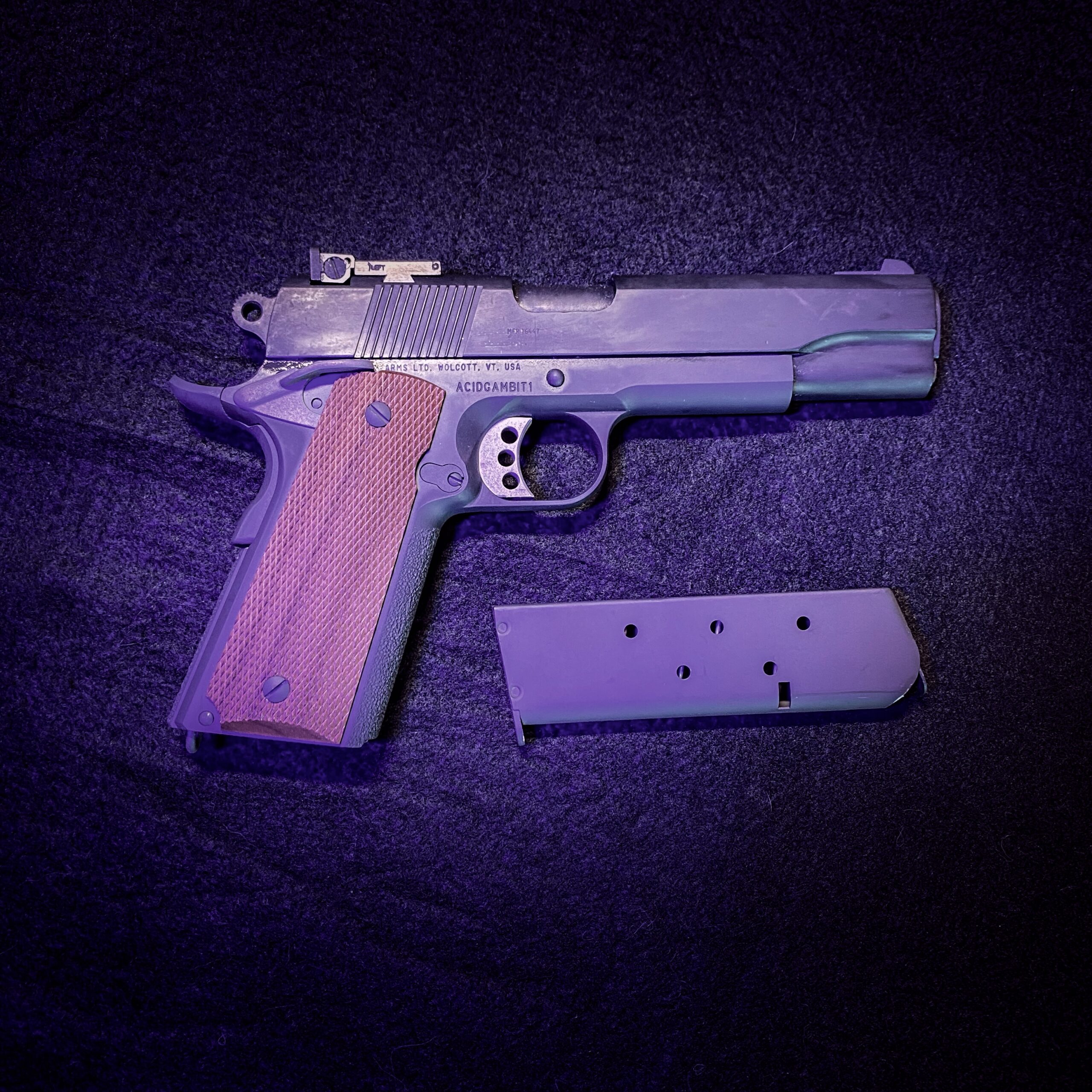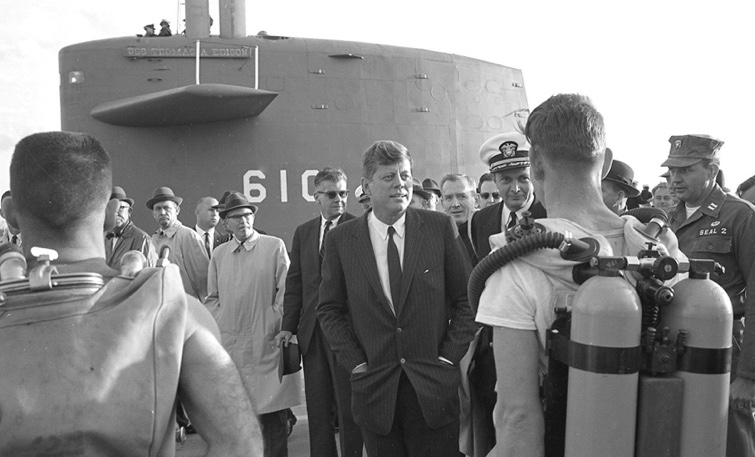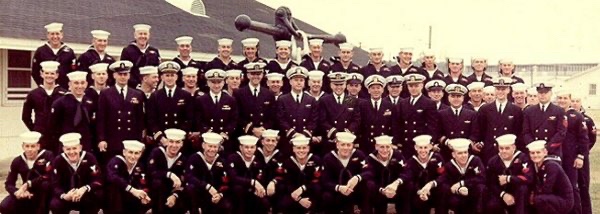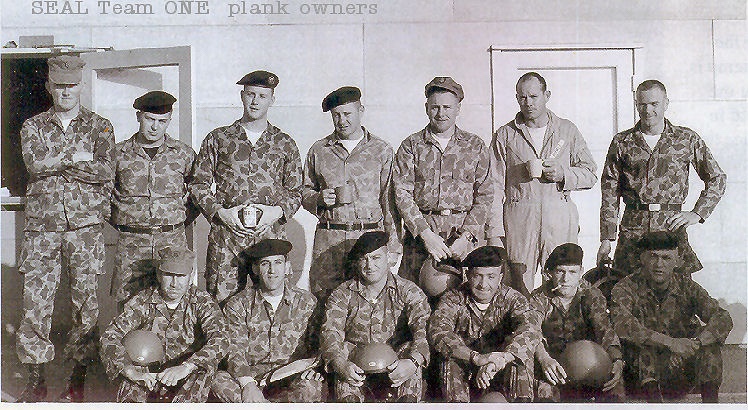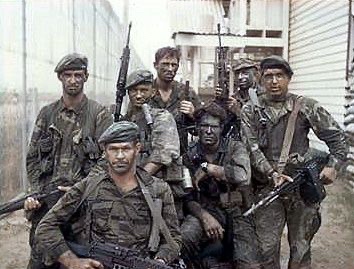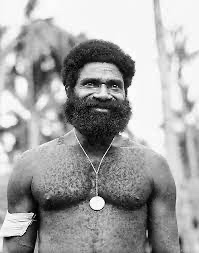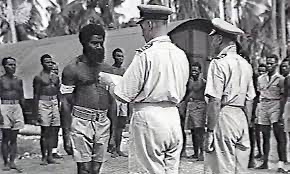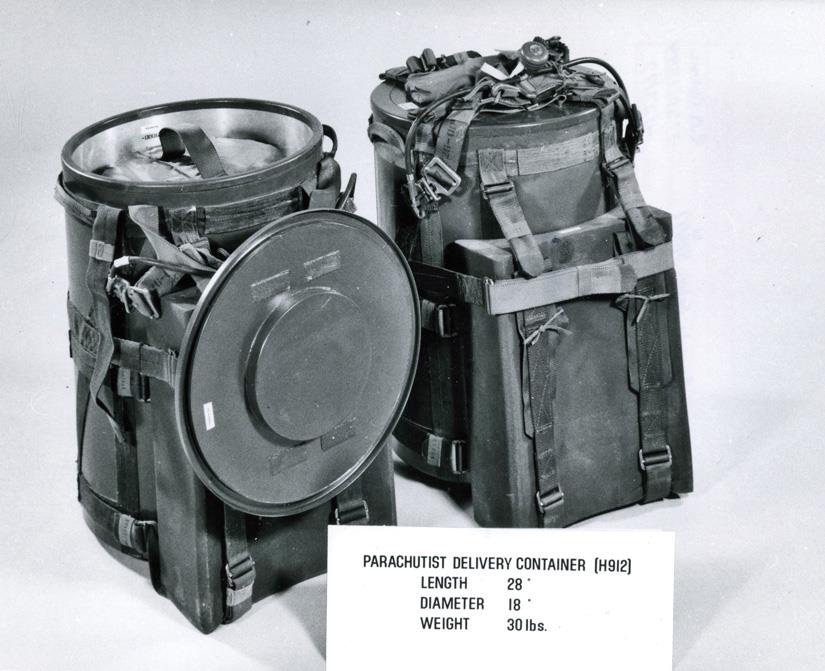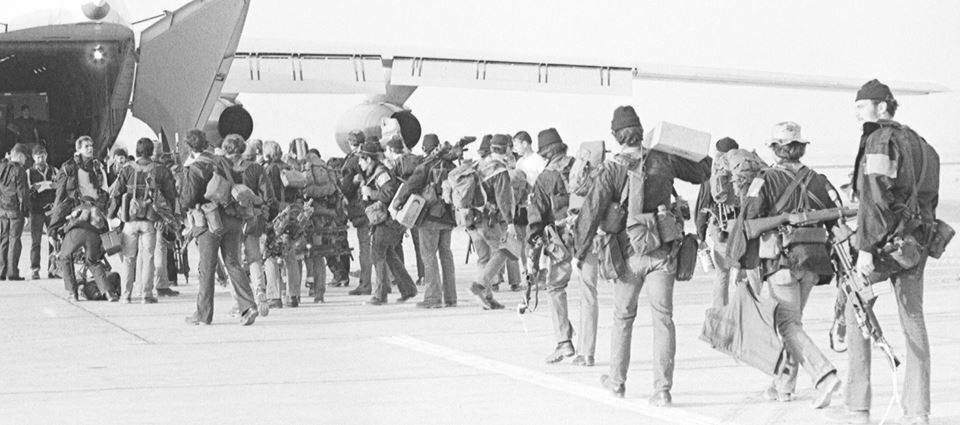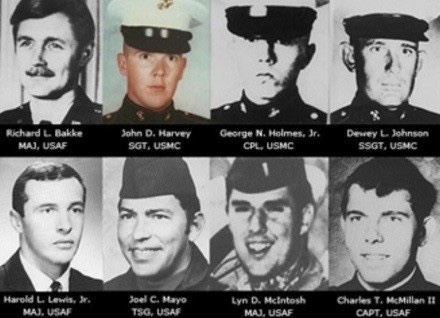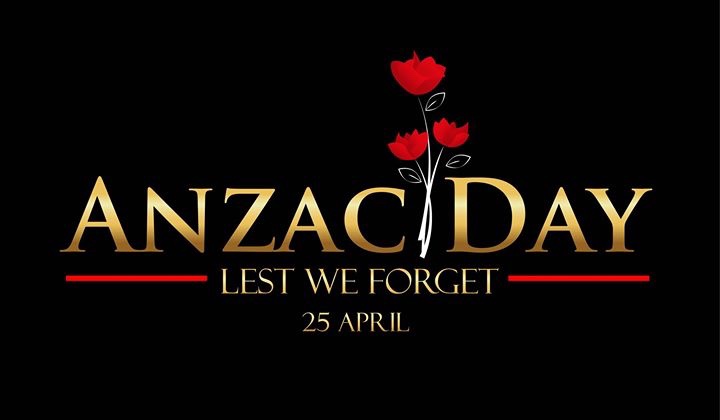[San Francisco, CA, April 25, 2022] – To celebrate Chinese American military service from the Civil War to Afghanistan, the American Legion Cathay Post 384 and the Chinese Historical Society of America (CHSA), are sponsoring the national debut of the exhibition “Chinatown To Battleground”. The exhibition is designed and deployed by Montgomery Hom and Ron Chan, Co-Founders of the “Chinese American GI Project”. There will be over 200 personal military artifacts from Hom’s collection. Custom designed banners and multimedia elements will showcase how Chinese Americans fought in every theatre of war and proudly served in every branch of the armed forces.
The exhibition will debut in San Francisco at the Veterans Building, Veterans Gallery Room 102, at 401 Van Ness Avenue from May 4 – June 12, 2022.
Concurrently, the USS Hornet, Sea and Space Museum in Alameda, CA, features elements of the exhibition for AAPI month. This Chinese American Veterans exhibit joins programs from the Japanese and Filipino American Veterans community from May 1 – May 9, 2022.
This unique exhibition, will be deployed later in a nationwide roadshow as a source of pride for the Chinese American community and its veterans.
Commander Helen Wong, (LTC, USAR, Ret.) said, “the American Legion Cathay Post 384 is proud to be the first sponsor to initiate, fund and support this recognition for our Veterans. Our post has served Chinese American Veterans for over a century. This comprehensive exhibition is a long time coming to recognize that Chinese American history is American history!
Melanie Chan, President of Chinese American Citizens Alliance said, “As the organization who successfully advocated for the Congressional Gold Medal for the Chinese American veterans of WWII, we are proud to support this exhibition which highlights the accomplishments and contributions of the Chinese Americans who proudly answer the call to duty and served with distinction and honor in the U.S. Armed Services from the Civil War to Afghanistan.
Justin Hoover, CHSA’s Executive Director, notes, “The Chinese American GI Project since its inception has been affiliated with CHSA, representing our acknowledgement and support of Chinese American men and women who served bravely, often in the face of discrimination.”
The “Chinatown to Battleground” exhibition will then make its Silicon Valley/ South Bay debut during summer 2022. The exhibit is sponsored by the Chinese Historical Cultural Project (CHCP) / Chinese American Historical Museum (CAHM). CHCP’s film and oral history project, “War and Remembrance” will also be a part of the exhibition. David Yick, board president says “We want to recognize Chinese Americans as part of the fabric of America and highlight our military service accomplishments and patriotism. This exhibition integrates well with our film project and provides great synergies in building a better museum experience for our members and visitors. It is a great addition to CHCP’s recognition of Chinese American contributions to medicine, science, engineering and business.”
Exhibition Open Hours
Veterans Building
401 Van Ness Avenue, Ste 102
San Francisco, CA
May 4 – June 12, 2022
Galley is open Wednesdays through Sunday, 1PM – 6PM
(Monday and Tue Closed)
For Gallery Contact: Janice Tong, honorourvets.janice@gmail.com ,San Francisco Veterans Building Gallery Manager
For Latest Event Information: facebook.com/groups/chineseamericangiproject
USS Hornet, Sea and Space Museum
707 West Hornet Ave
Alameda, CA
May 1, 2, 6, 7, 8, 9
(Tue, Wed, Thursday Closed)
Monday 10AM – 5PM
For Additional Information: uss-hornet.org/ or Russell Moore at russell.moore@uss-hornet.org
About the Chinese American GI Project
The Chinese American G.I. Project was created in 2019 by Montgomery Hom and Ron Chan to promote this unique portion of America’s untold history. Their mission is to ensure that Chinese American military service is not forgotten, ignored or silent.
Website: chsa.org/wwii-chinese-american-gi/
Facebook: facebook.com/groups/chineseamericangiproject
